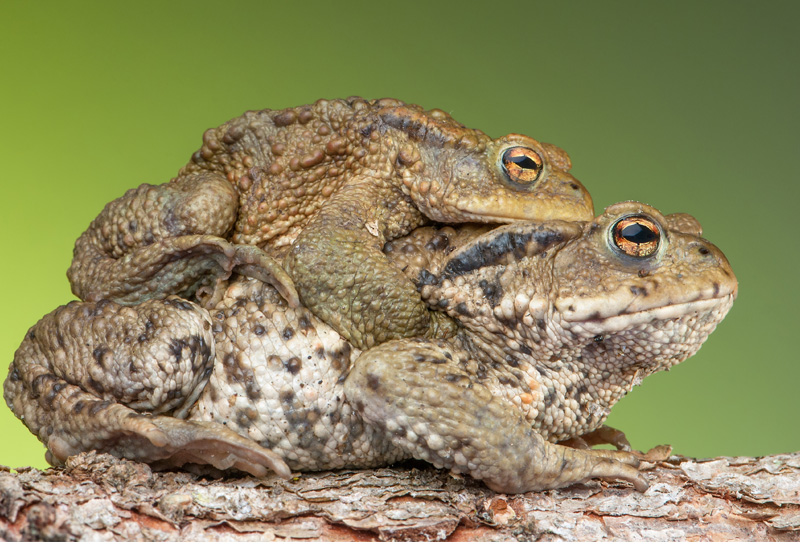If you notice your dog foaming at the mouth after messing with a toad, immediately rinse it out with water. If the dog eats the toad, you should probably get it to a vet or animal hospital right away. The giant toad can grow up to eight inches long and is very heavy. This toad is greenish-brown and covered with bumps. It has glands that can secrete a very toxic poison. The Giant toad is responsible for the death of many dogs. This toad will come into gardens and eat the dogs’ food. If the dog would grab the toad it would be immediately poisoned.
Pet owners might notice these signs: frothy salivation with vigorous head shaking, pawing at the mouth and continuous efforts to vomit, in coordination and staggering.
If you know of or strongly suspect toad poisoning, immediately rinse out your pet’s mouth with water before going to your veterinarian or an emergency clinic for treatment. Most toad poisonings occur in the evening or the night.
Unfortunately, there are no antidotes for toad venom intoxication, but many of these victims may be saved with symptomatic treatment, which reduces the absorption of toxin and controls the clinical signs of illness. Depending upon circumstances, your veterinarian may use a variety of drugs to control heart abnormalities, breathing problems and excitation of the central nervous system.
The key to survival is rapid recognition of signs and prompt veterinary medical care.


Recent Comments